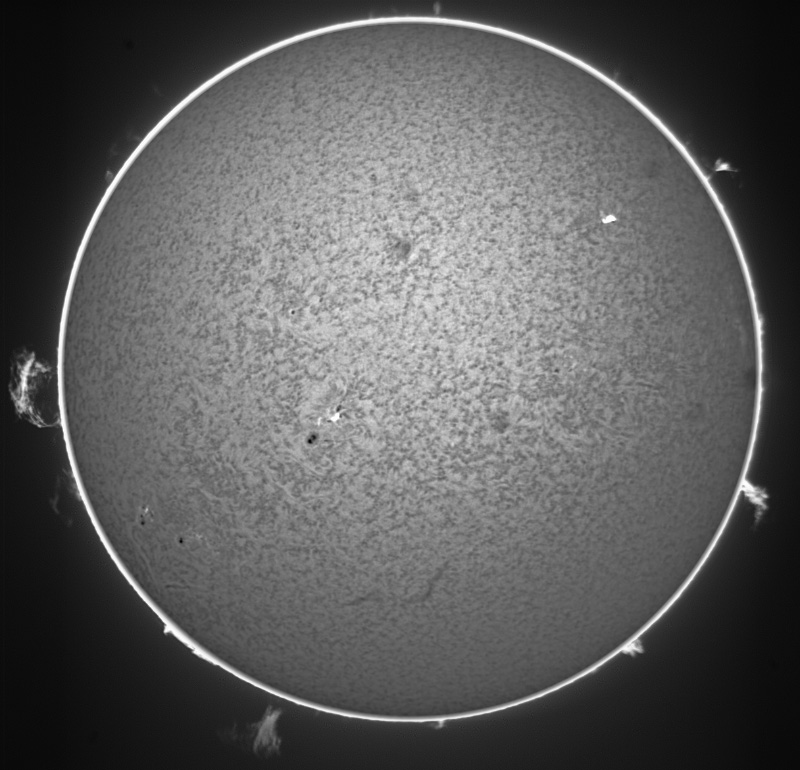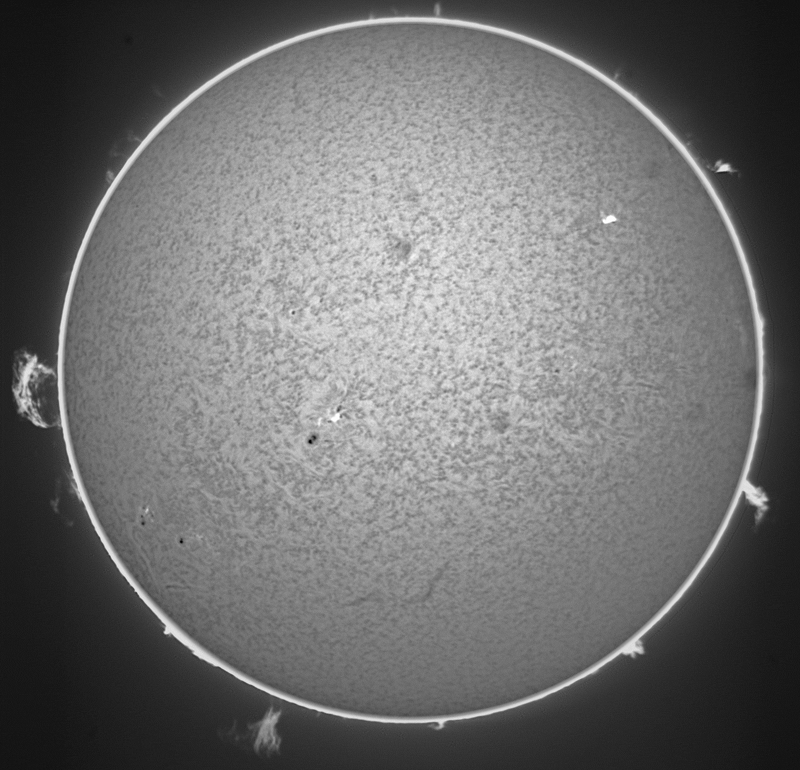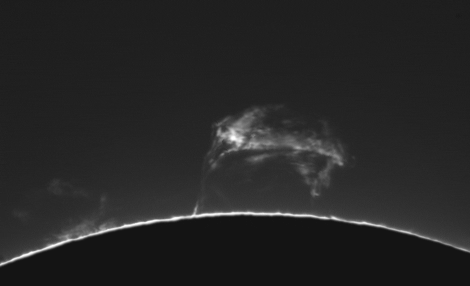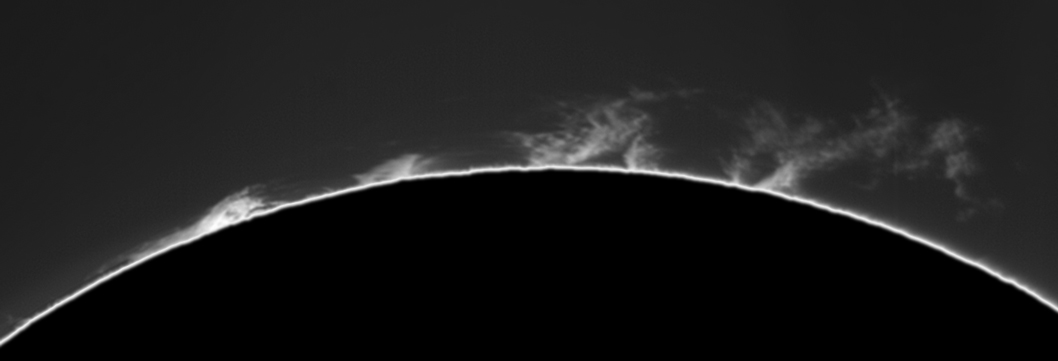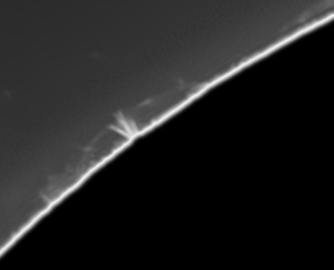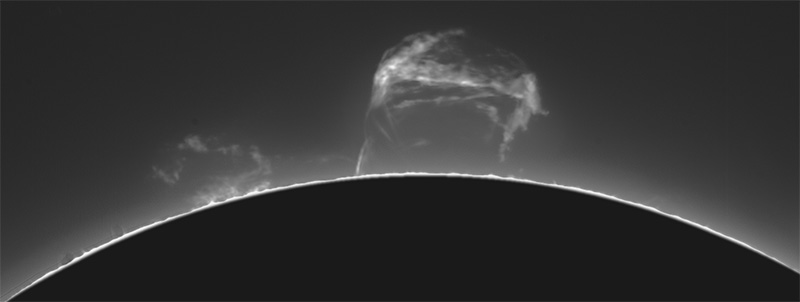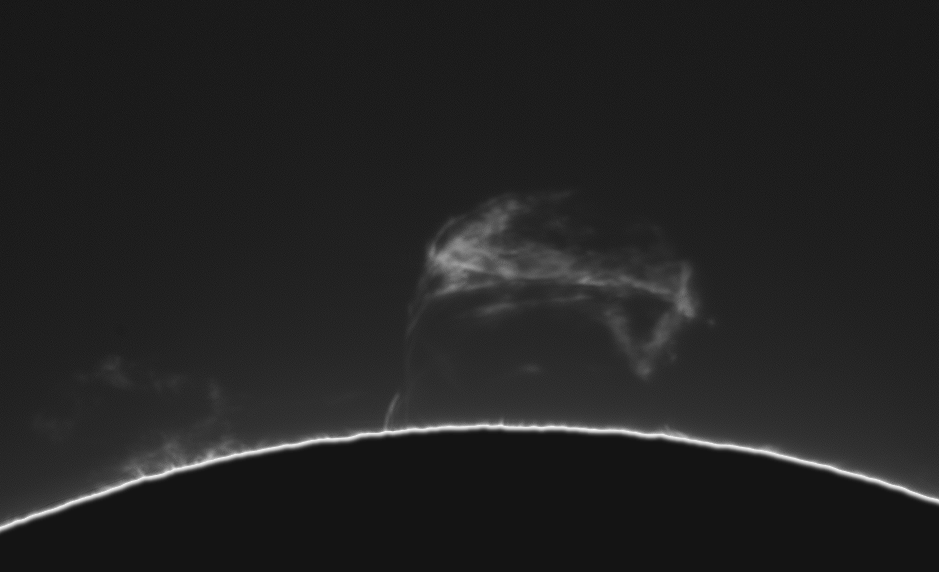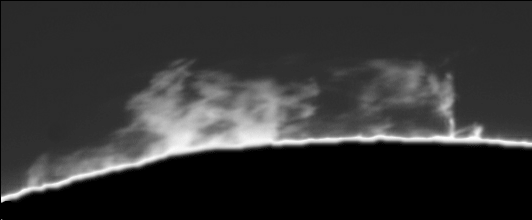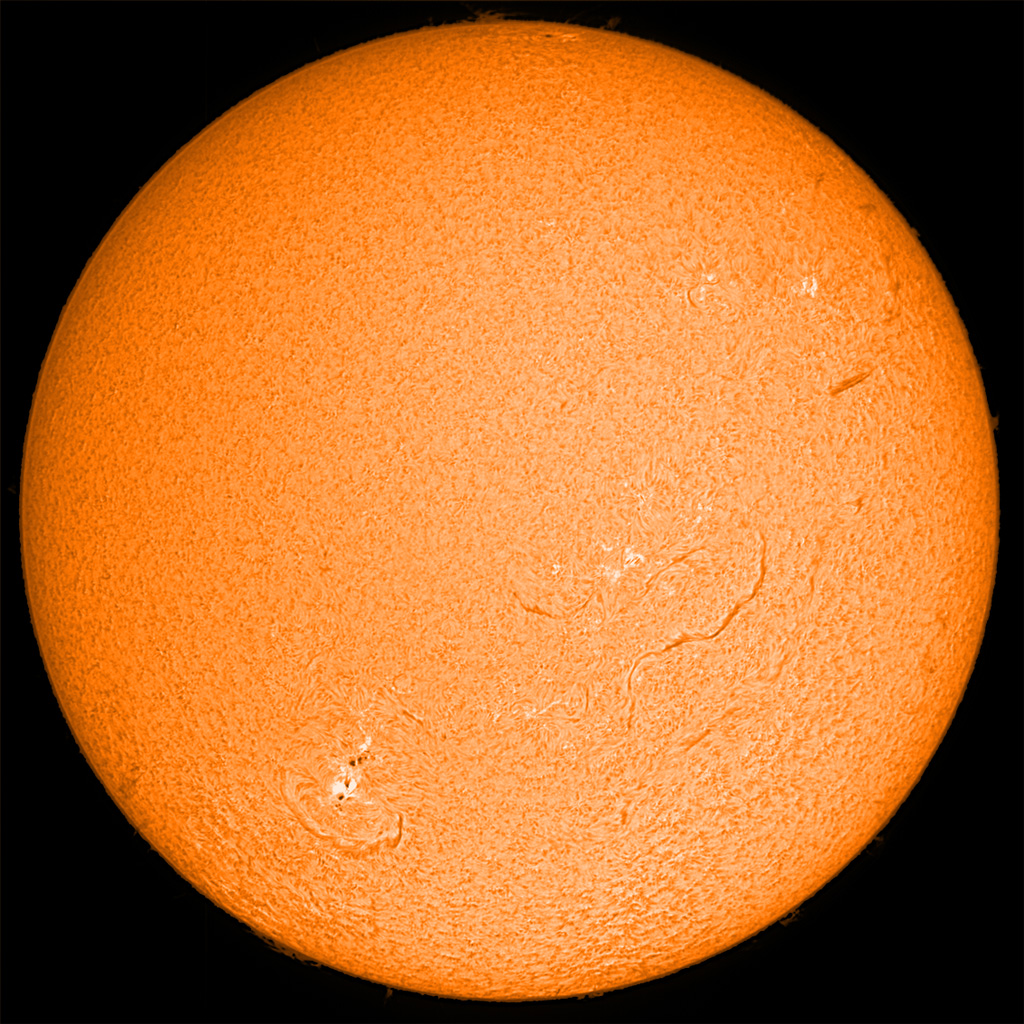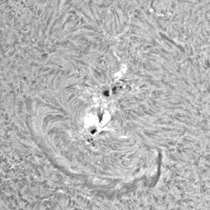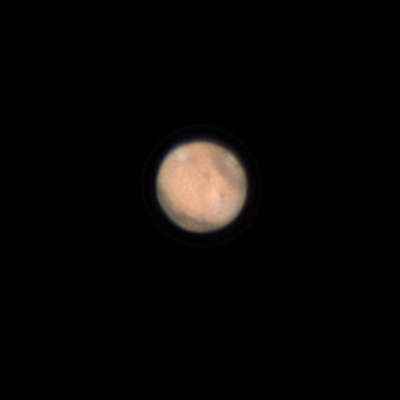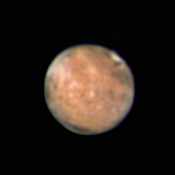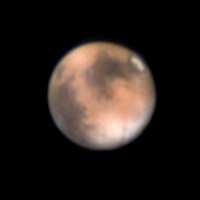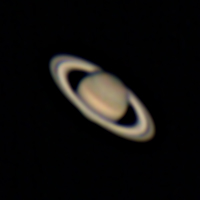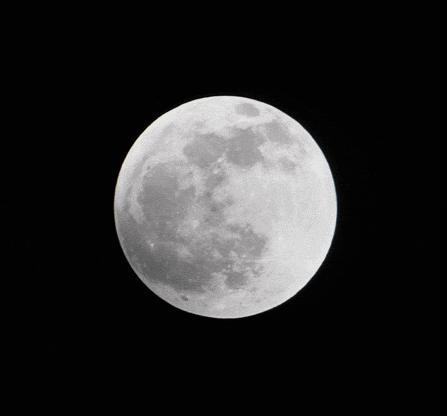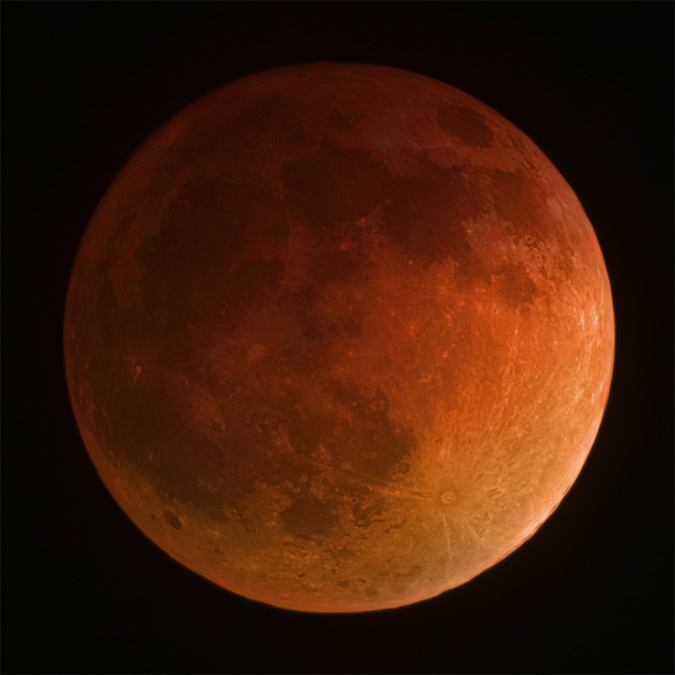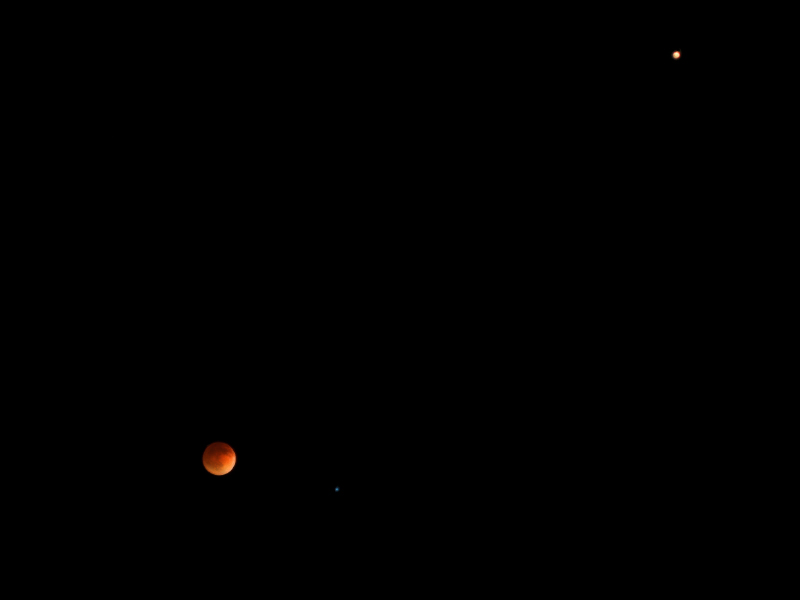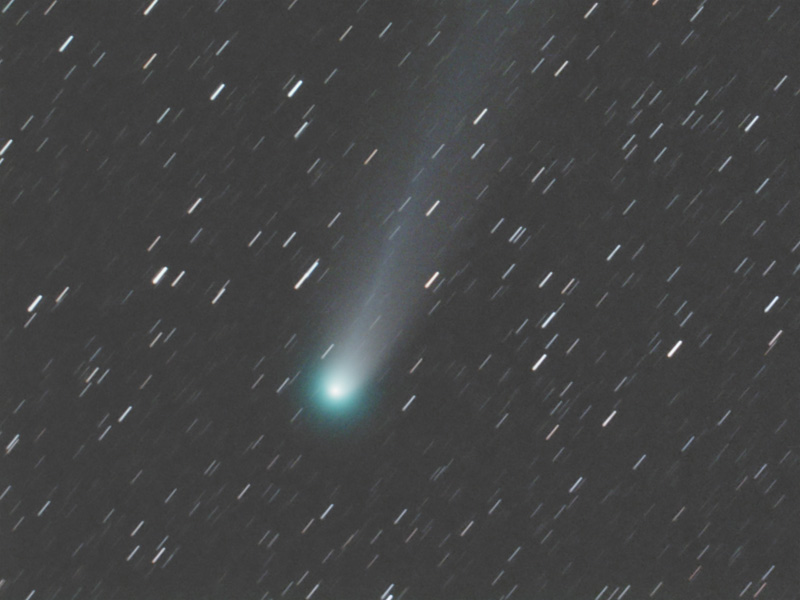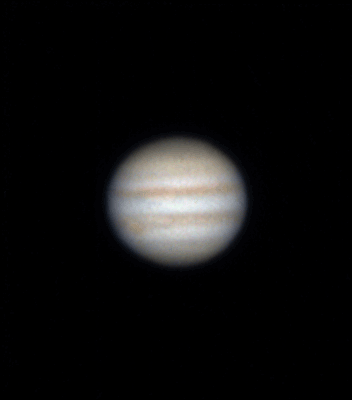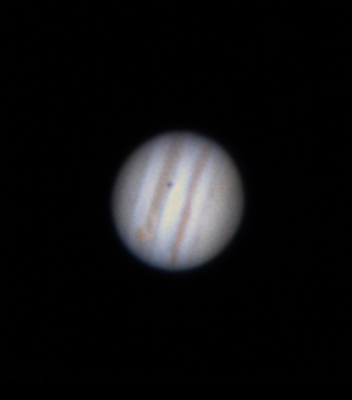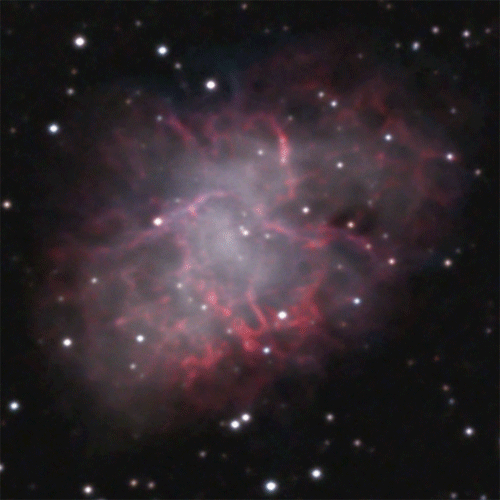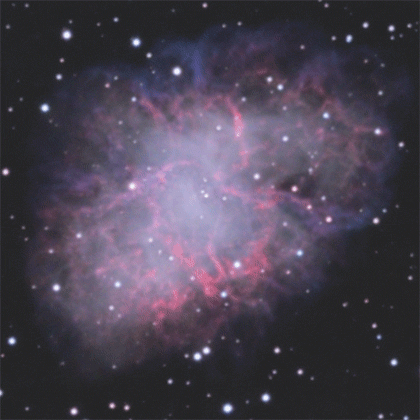caught the eclipse last week
though looks a bit more easter egg than blood to me
with all the blood moon headlines, today's media is too obsessed with game of thrones me thinks
though biblical obsession with lunar eclipses around easter/passover abound
we won't mention the 2004 world series :(
i have to say a lunar eclipse is an event which is so difficult in
dynamic range, scale, and time, that it can't be captured well in a
photograph.
you start with a full moon which is slightly dimmed in the penumbral
phase. then over the course of an hour, a shadow crosses the moon--as
if it's going through it's phases in an hour instead of a month,
except the shadow is coming from the wrong side. The tiniest sliver of
white is still bright enough to blot out most of the stars and any color
which might be seen in the dimmed section of the moon. 10 minutes
later the moon appears full again, but much more dark with an eery orange
color.
experiencing the event, it's easy to view orange detail in the lunar disk, and the broad background with colored stars in an instant, but photographically it's difficult to represent this due to limitations of image scale.
here's my attempt:
first an animation of the event combining images taken at 10 minute intervals:
a close up of the moon during full eclipse:
a wider field during full eclipse
the blue dot lower right is spica, a bright star in virgo
a close up of the orange dot upper right shows...
mars of course
best mars shot of the season upstaged by the eclipse
photo details
animation
nikon D 60
AF-S DX NIKKOR 55-300mm f/4.5-5.6G ED VR
fl 300mm
iso 100
1/400 sec exposures except 1/100 last crescent
eclipse phase too dark even at 1 sec on shaky tripod
wide field
nikon D 60
AF-S DX NIKKOR 18-55mm f/3.5-5.6G VR
fl 50mm
iso 100
5 sec exposure
close up
Takahshi FS 60 C @ ~450 mm
DMK 41 astronomy camera
mars
Celeston Nexstar 8 GPS @ ~2000 mm
zwo ASI120MC camera
5 ms exposures ~133fps
stacked best 5% of ~35,000 frames
the final eclipse image in the animation was too dark
so a composite image was used bringing in brighter detailed luminance from the close up
and color from the wide field.
